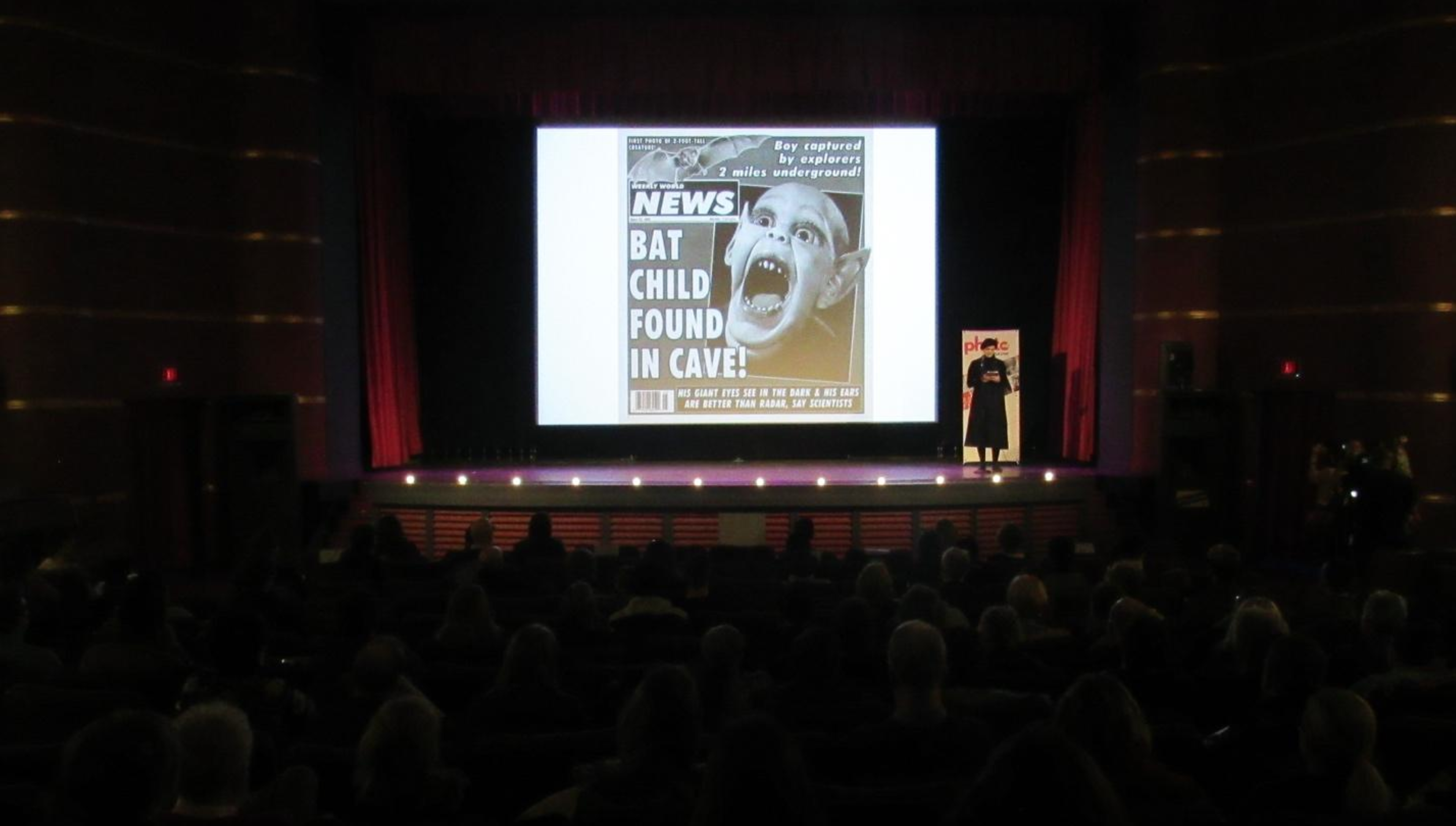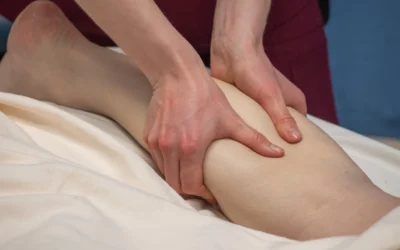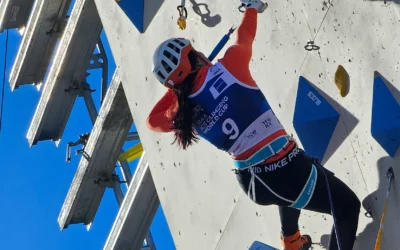To many, the world of photography may feel like a vast, inaccessible maze of aperture depth, lighting rules, and outrageously expensive equipment. The Pecha Kucha Inspiration Night at the Metro Cinema in Garneau, held on Feb. 12, sought to pull back the curtain on what it is truly like to be a photographer: to seek a tangible expression of your imagination in image.
The night was an event which celebrated how different photographers continue to find inspiration throughout their vastly differing careers, genres, and techniques of photography. The twist? The all-Canadian lineup of photographers had only 20 seconds per image they discussed, with a total of 20 images each. This presentation technique, known as pecha kucha, means “the art of concise presentations.” This led to some frantic, hilarious, and strikingly honest explorations of what something as deceptively simple as taking a photo means to these creators.
What stood out most over the night was the sheer contrast that two people, both pursuing the same art form, can take in their approaches to it. Sanja Lukacs, a Calgary-based photographer and curator of photography magazine Seities was one of these artists with a distinct approach.
Lukacs opened her presentation by defining herself as a “documentary photographer at heart, who is interested in capturing the human form return to its impulsive natural world.” She does so in methods that may seem foreign to our digitally saturated way, specializing in “traditional analog techniques,” which means no use of any digital tools in her work. To many of us, the concept of producing an image using “tintypes or 35mm film” may seem like an antiquated way of taking a photo. We have digital cameras that can do all of that and more. But to Lukacs, there is nothing quite like “embracing the darkroom.”
Seities, the magazine that Lukacs curates, acts as a beacon for many analog photographers, most of whom are Canadian. The publication was created to “support and encourage traditional photography,” although it has since gone on to become a non-profit gallery that has permanent and pop-up installations across Alberta. Seities is constantly pushing to get the work of its photographers — who are selected via open submissions — seen by the country and engaged by a global audience through the magazine. They even go so far as to wheat paste the photos onto CP Railway cars so the photos may travel across Canada. You can check out Seities submission guidelines on their website. Who knows? You could be one of their future featured photographers.
On the other side of the coin is Adam Borman, a recent graduate of NAIT’s photographic technology program and avid digital studio photographer. In his experience, the channel through which he found the most natural and truthful forms of expression was in his studio.
“The studio is where you can really express your creative vision in full form, and the only limitation is what you’re able to imagine and come up with,” said Borman on why he has chosen the studio as his primary home for shooting photos. Borman’s ability to manipulate every aspect of his images has led to a surreal, colourful collection of photographs that immediately catch your eye and pique your curiosity.
With such a vast amount of choices, technique, and spaces between these two polar opposites, how is any photographer, new or old, amateur or professional, expected to find their niche of creative expression?
Borman had an answer to this issue, albeit indirectly. “My absolute favourite thing about photography is you never know what you’re going to create next.” None of us can know what works for us until we get out and start shooting, writing, painting, sculpting, or pursuing whatever we love. Putting ourselves in a box will never lead to any creative discoveries, and these photographers wouldn’t be where they are today without some blind exploration.





0 Comments